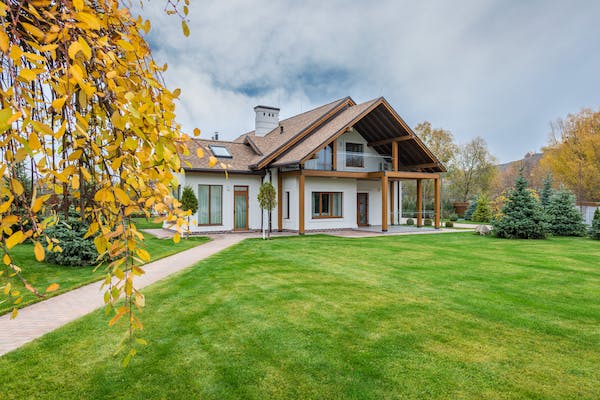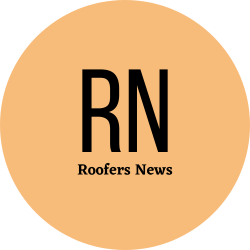How to Install a Metal Roof.
by siteadmin

Metal roofing has a longer lifespan than its counterpart shingles. It can also help reduce homeowner insurance premiums. First-time homebuyers might want to avoid taking on such a large project.
If you plan to work aboveground, you will also need gloves and safety glasses. Caulking gun, butyl sealant or tape might also come in handy.
Preparation
Metal roofing adds value to any home and can reduce energy costs. It also reduces the risk of leaks. Metal roofing is available in many colors and designs that can be tailored to any aesthetic. Due to its durability, it is a great choice for low-pitched rooftops.
Metal roofs come with a wide range of options, including tin or zinc, steel, aluminum and other metals, as well as three design styles, including through-fastened panels (also known as crimped panels), modular panels, and standing seam (or flat) panels.
It's important to conduct a roof inspection before installing a metal roof. This allows you to identify any damages that may exist in the existing shingles.
It is a good idea before using your ladder for accessing the roof to perform a thorough inspection. Working from a high ladder can be hazardous and challenging. To achieve the best results, you should use safety equipment and sturdy scaffolding.
Laying Panels
The right tools and materials are essential for any roofing project. These include metal roof sealant or caulking as well as butyl taping.
Slip sheets are a great way to help with roof drainage. They also act as a barrier between your metal panels and plywood deck, keeping moisture out.
Start at eaves. Carefully position the first panel by overlapping it with the eave trim by half an inch to three quarters of an inch. Work from the ridge to the eaves and then fasten according to the manufacturer's recommendation. Screws shouldn't be too tight because this could cause bulging, and damage the panel. Instead, screw from the flat surface.
Attaching a Ridge Cap
Depending on the roofing specifications and climate, it seals at the point two upward slopes intersect. It can either be solid or ventilated depending on your needs. Common materials include dense, interlocking foam that fits over roof panel ribs.
Before installing your ridge cap, make sure it covers both sides equally. Mark where it should rest by snapping the chalk line onto the panels. Run the closure tape up the length of your roof ridge (typically approximately 1" from where your line was snapped) from this point.
Next, attach the ridge cap metal. Be sure to fit this piece snugly, and use tin snips to contour it to any curves within the panels. Using metal-to metal anchors every six inches, secure the ridge cap to its location.
Finishing Up
Metal roofs are a great option for many reasons. They provide lower maintenance costs, better wind protection, and lower homeowner insurance rates.
It is important to use the correct tools for each task. This can range from simple items like wrenches or socket wrenches up to more specialized products like screw guns. These items can help you avoid damaging washers or panels with overdriver.
Step two involves measuring your roof to determine the amount of material required. A ladder along with tools such as yardsticks, tape measurements or chalk line systems can provide accurate measurement.
You can install a metallic roof over shingles but it is recommended that you consult your local building officials prior to installing one. Some jurisdictions only allow a single layer to be covered, while others require that multiple layers be removed before installing another.
Metal roofing has a longer lifespan than its counterpart shingles. It can also help reduce homeowner insurance premiums. First-time homebuyers might want to avoid taking on such a large project. If you plan to work aboveground, you will also need gloves and safety glasses. Caulking gun, butyl sealant or tape might also come in handy.…
Recent Posts
- Roofing Company Savannah Sheds Light on the Lifespan of Roofs: How Long Should a Roof Last?
- New Orleans Concreters Advocates for Stamped Concrete Driveways as the Ultimate Choice for Durability and Style
- Choosing the Best Gutters for Your Jacksonville FL Home
- Choosing the Best Gutters for Your Chicago Home
- A. Parker Contracting Emerges as Premier Roofer in Delaware: Serving Newark and Wilmington Areas with Excellence
